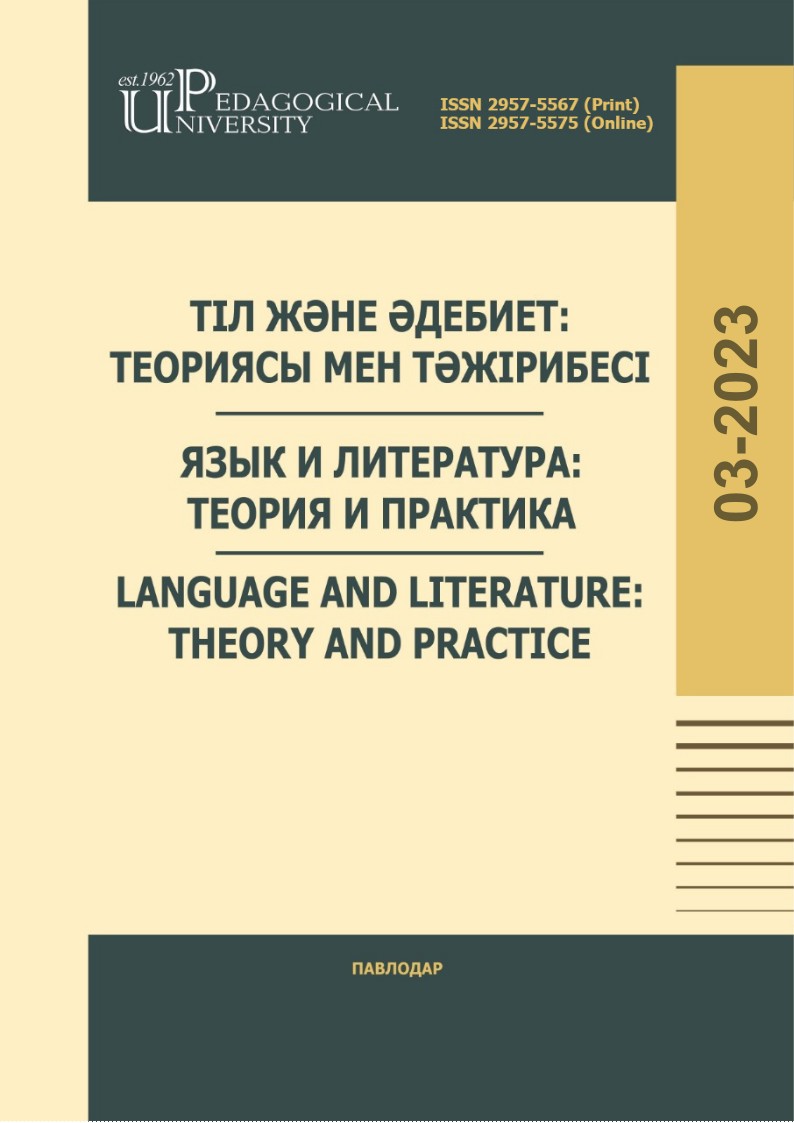МӘШҺҮР ЖҮСІП ШЫҒАРМАЛАРЫНДАҒЫ ДІНИ АНТРОПОНИМДЕР
DOI:
https://doi.org/10.52301/2957-5567-2023-3-9-21Abstract
The article discusses the role of religious anthroponyms in the text function in the artistic works of Mashhur Zhusup Kopeevich. Religious poetonymy in mashhur's works, especially the names of the prophets, describes certain elements of information, images, actions of some era of their life, and reveals cognitive features. In religious epics, the author raised the centuries-old tradition of folk tales to the level of artistic written literature. Therefore, the works of Mashhur Joseph are like a direct source of religious and philosophical thoughts, which include religious terminology. In this context, an examination of theoretical and fiction works is carried out and theoretical conclusions of scientists are given. Religious poetonyms become secretive for various reasons. By considering religious names from their works, we can determine the personal knowledge of the author of the work, the artistic content of his thoughts and make sure that these names are also associated with the stories of the Koran.
Downloads
Published
How to Cite
Issue
Section
License
Copyright (c) 2023 Language and Literature: Theory and Practice

This work is licensed under a Creative Commons Attribution-NonCommercial-NoDerivatives 4.0 International License.
https://creativecommons.org/licenses/by-nc/4.0/deed.en


